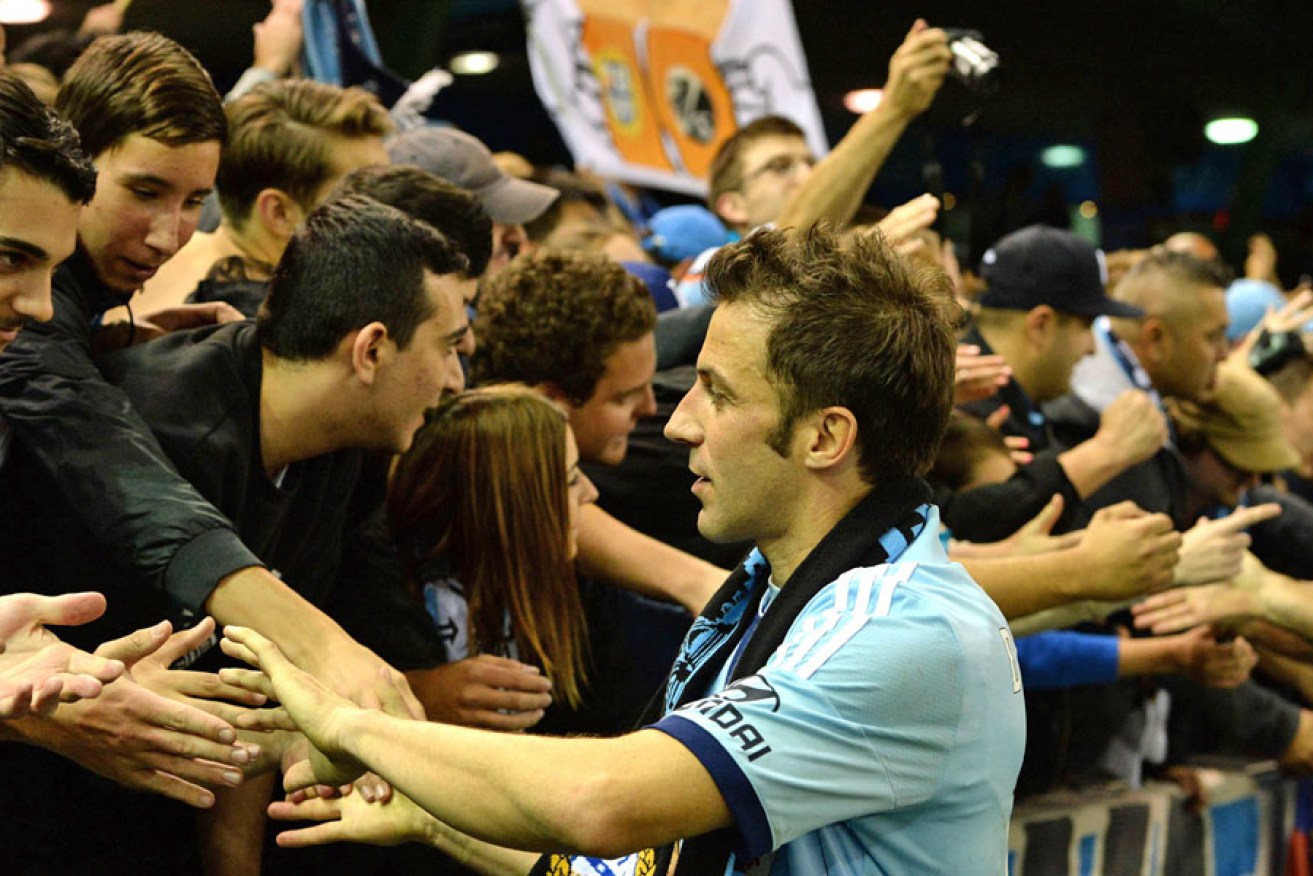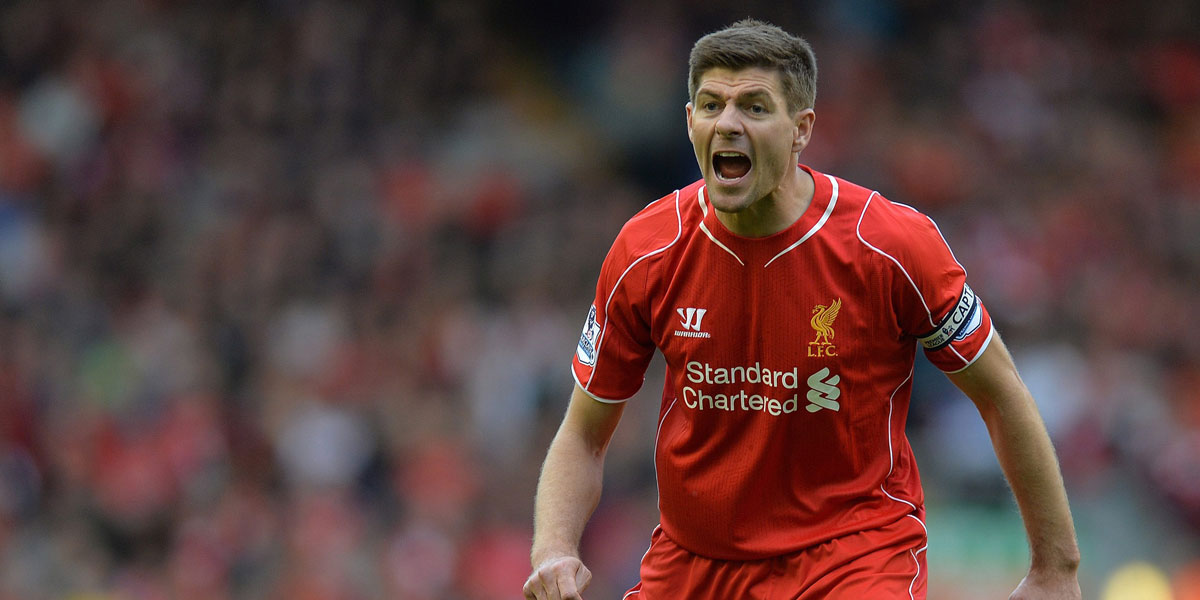A-League needs to stand without marquee players

Sydney FC marquee player Alessandro Del Piero says good bye to his fans after losing to Melbourne Victory in the A-League football elimination match in April 2014. AFP photo
The chaps at Football Federation Australia are getting busy and I can understand why: the A-League kicks off in seven weeks and there are a few things they’re rushing to resolve before then.
It’s a big season for the competition. This is the dawning of its second decade, one that might decide whether we can sustain a professional national league.
There are several reasons why that’s difficult. One is that other sports are popular. But the impact of that problem is greatly overstated, I suspect, because tabloid writers know that little arouses passions more than columns pitting one code against another.
The problem that gets less airplay has been shown in recent weeks, oddly enough, by giant overseas clubs filling stadiums across the country.
The 99,000 supporters at the MCG for Real Madrid v Manchester City, the 83,000 in Sydney for the visit of Chelsea and the 53,000 at Adelaide Oval for Liverpool (for matches that are about as important to the visiting teams as NAB Challenge games are for AFL clubs) are the latest evidence of soccer’s popularity in Australia.
But that also shows how much fans love seeing star players. When the A-League begins, the ticket prices will be a lot lower, the weather will be better and the matches will be more competitive. Still, most of the people that flocked to see the famous overseas clubs won’t turn up.
Allowing foreign marquee players – whose salaries aren’t counted in the cap that each club can spend – is a way of trying to attract fans who spend many hours every week watching the top European teams on television but shun the A-League because its standard is lower.
And the success of these overseas teams’ visits has probably influenced the FFA’s decision (announced last week) to allow A-League clubs to have a second international marquee this season.
In recent years A-League teams have been allowed two marquees but one had to be Australian (which some clubs used to bring popular Socceroos back home). Now you can have two marquees of any nationality.
This might provide some extra flexibility for clubs and, in theory, it means the league could have more famous overseas players who can draw more people through the turnstiles.
In practice, however, recent seasons have seen A-League clubs move away from using the international marquee spot for a big name signing, choosing instead to use it for a player who will provide better value for money on the field.
While Italian star Alessandro Del Piero was at Sydney FC, the club lost more matches than it won. After he left last year, the Sky Blues signed Austrian striker Marc Janko to be their international marquee. Janko was unknown to most local fans as he’d never played in one of Europe’s top five leagues. But his tally of 16 goals was a new season record at the club and helped fire Sydney to second place, the team’s best result since 2010. It’s safe to say he would have been a lot cheaper than Del Piero too.
There is a point where Australian clubs can’t make enough money out of extra ticket and merchandise sales to cover the salary a top player can command. Adelaide United chairman Greg Griffin gave a rough idea of where he saw that point in March when revealing that the club tried to sign Liverpool hero Steven Gerrard.
“We’re not going to pay $4 million to Tim Cahill for example – never – because we’ll never get a return on that investment. (But) you might get a return on a Steven Gerrard for half that figure,” he said.
Earlier this year Cahill chose to play in China rather than return to Australia; Gerrard went to the United States. Clearly, in those countries and several others, there are bigger markets and more money. A coup like the Del Piero signing will be hard to repeat.
But I wonder if that’s really a bad thing.
The sport’s market and the global economy are always changing. In the coming years, affording big name foreign players could be even more difficult. And if we rely on them to sustain the A-League now, how do we cope if we can’t have them in the future?
With the A-League about to begin its 11th season, it might be time to see what it looks like with all its players, foreign or Australian, brought in solely to maximise each team’s chance of success without a thought about whether they’ll help sell shirts or boost attendances.
Because if the competition can thrive when its main selling points are the teams, their rivalries and that it offers Australian fans quality live sporting entertainment close to home (without expensive overseas stars), its future will be assured.
Paul Marcuccitti is InDaily’s weekly soccer columnist. He is a co-presenter of 5RTI’s Soccer on 531 program which can be heard from 11am on Saturdays.





